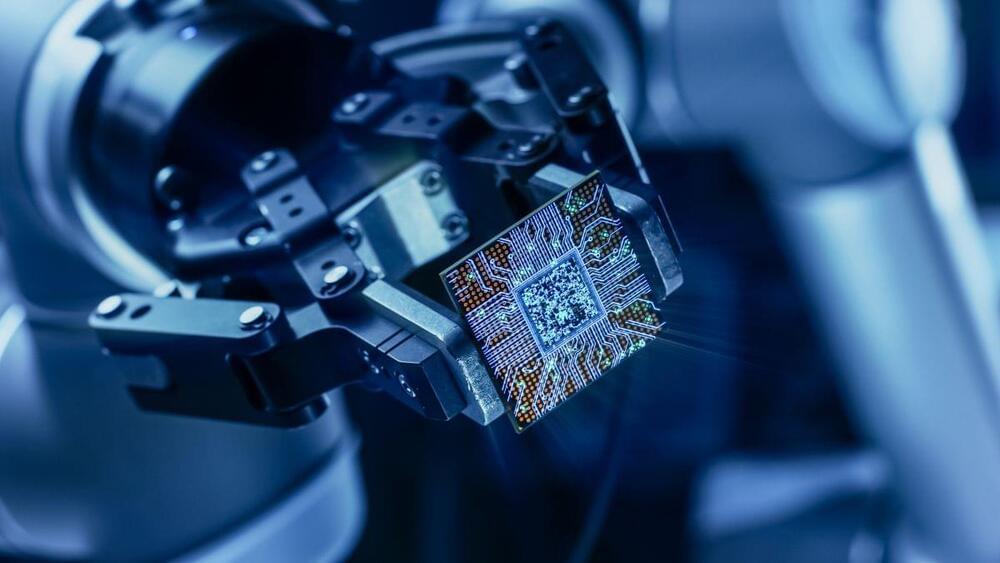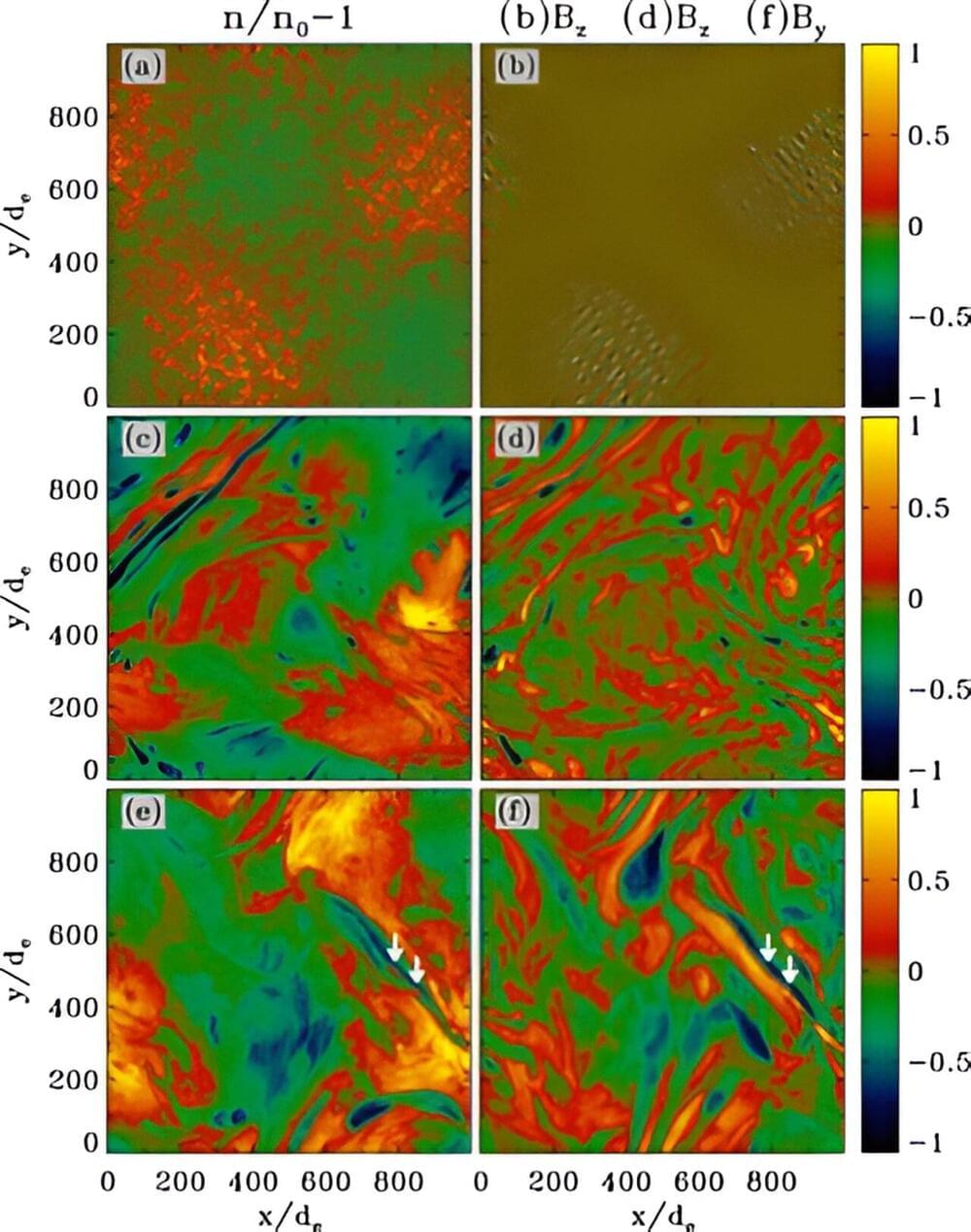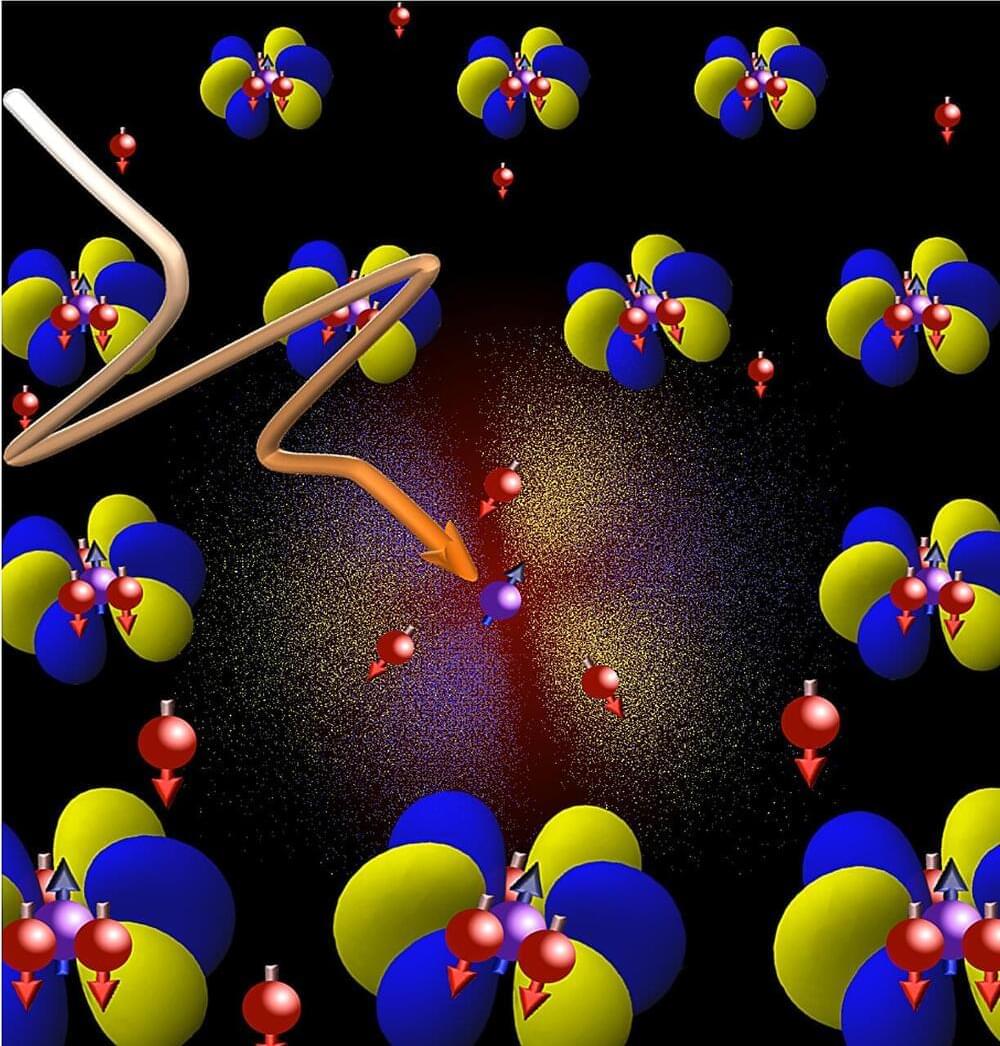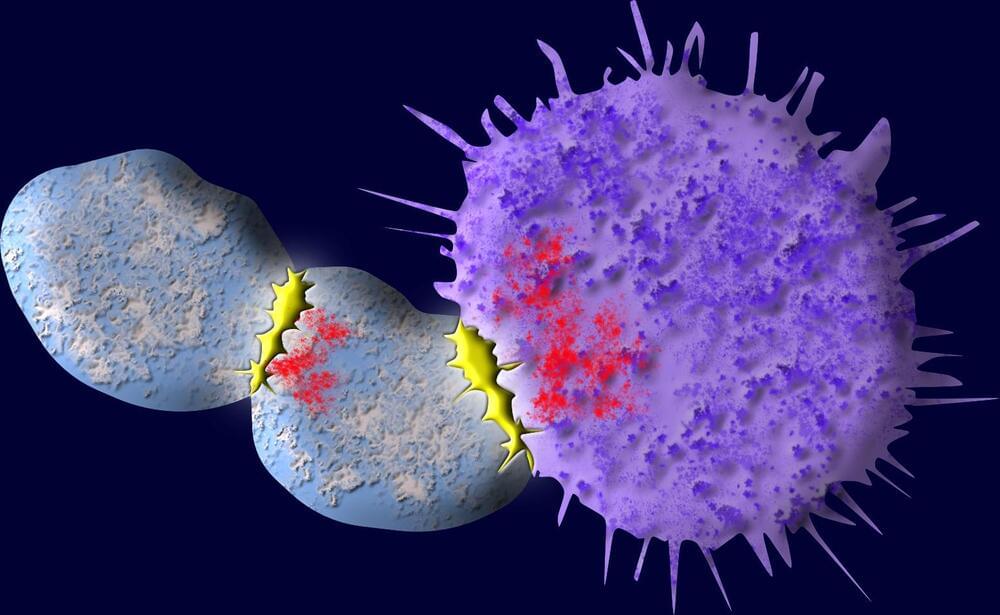A new material discovered through research from the MIT Plasma Science and Fusion Center promises to create the first strain-tunable materials — materials that adjust their electronic properties accor.


An asteroid discovery algorithm—designed to uncover near-Earth asteroids for the Vera C. Rubin Observatory’s upcoming 10-year survey of the night sky—has identified its first “potentially hazardous” asteroid, a term for space rocks in Earth’s vicinity that scientists like to keep an eye on.
The roughly 600-foot-long asteroid, designated 2022 SF289, was discovered during a test drive of the algorithm with the ATLAS survey in Hawaii. Finding 2022 SF289, which poses no risk to Earth for the foreseeable future, confirms that the next-generation algorithm, known as HelioLinc3D, can identify near-Earth asteroids with fewer and more dispersed observations than required by today’s methods.
“By demonstrating the real-world effectiveness of the software that Rubin will use to look for thousands of yet-unknown potentially hazardous asteroids, the discovery of 2022 SF289 makes us all safer,” said Rubin scientist Ari Heinze, the principal developer of HelioLinc3D and a researcher at the University of Washington.

It isn’t just your refrigerator that has magnets on it. The Earth, the stars, galaxies, and the space between galaxies are all magnetized, too. The more places scientists have looked for magnetic fields across the universe, the more they’ve found them. But the question of why that is the case and where those magnetic fields originate from has remained a mystery and a subject of ongoing scientific inquiry.
Published in the journal Physical Review Letters, a new paper by Columbia researchers offers insight into the source of these fields. The team used models to show that magnetic fields may spontaneously arise in turbulent plasma. Plasma is a kind of matter often found in ultra-hot environments like that near the surface of the sun, but plasma is also scattered across the universe in low-density environments, like the expansive space between galaxies; the team’s research focused on those low-density environments.
Their simulations showed that, in addition to generating new magnetic fields, the turbulence of those plasmas can also amplify magnetic fields once they’ve been generated, which helps explain how magnetic fields that originate on small scales can sometimes eventually reach to stretch across vast distances.
Breaking into the 31st week of 2023, from July 31 to Aug. 6, not much is held in store in terms of launches. Up first this week — following an aborted launch attempt last week — Rocket Lab will launch Capella Space’s Acadia satellite to a mid-inclination low-earth orbit. Later, a momentous flight will take place, when the last Antares 230+ will fly to low-Earth orbit (LEO) during the NG-19 resupply mission to the International Space Station (ISS).
Following slightly more than a day later, a Chang Zheng 4C carrying the Fengyun-3F meteorological satellite will take to the skies from Jiuquan, China. Shortly after that, it will be the turn of a Falcon 9 transporting Maxar-built Galaxy 37 inside its fairing. It will be deployed into a geostationary transfer orbit (GTO), with the satellite reaching a geostationary orbit (GEO) by itself.

While Artificial Intelligence has the ability to crunch huge amounts of data in a short span of time, it still falls behind when it comes to finding an energy-efficient way to make complex decisions. Researchers from John Hopkins University in the US are now proposing that 3D cell structures that mimic brain functions can be used to create biocomputers.
Join our channel to get access to perks. Click ‘JOIN’ or follow the link below:
https://www.youtube.com/channel/UCuyRsHZILrU7ZDIAbGASHdA/join.
Connect with ThePrint.
» Subscribe to ThePrint: https://theprint.in/subscribe/
» Subscribe to our YouTube Channel: https://bit.ly/3nCMpht.
» Like us on Facebook: https://www.facebook.com/theprintindia.
» Tweet us on Twitter: https://twitter.com/theprintindia.
» Follow us on Instagram: https://www.instagram.com/theprintindia.
» Find us on LinkedIn : https://www.linkedin.com/company/theprint.
» Subscribe to ThePrint on Telegram: https://t.me/ThePrintIndia.
» Find us on Spotify: https://spoti.fi/2NMVlnB
» Find us on Apple Podcasts: https://apple.co/3pEOta8

The gut microbiota is a key player in multiple facets of human health, influencing disease development and prevention. An interdisciplinary collaboration is needed to unravel its complexities and to finding potential avenues for therapeutic interventions.
Explore the following trending articles in Frontiers in Cellular and Infection Microbiology and Frontiers in Gastroenterology.

Many substances change their properties when they are cooled below a certain critical temperature. Such a phase transition occurs, for example, when water freezes. However, in certain metals there are phase transitions that do not exist in the macrocosm. They arise because of the special laws of quantum mechanics that apply in the realm of nature’s smallest building blocks.
It is thought that the concept of electrons as carriers of quantized electric charge no longer applies near these exotic phase transitions. Researchers at the University of Bonn and ETH Zurich have now found a way to prove this directly. Their findings allow new insights into the exotic world of quantum physics. The publication has now been released in the journal Nature Physics.
If you cool water below zero degrees Celsius, it solidifies into ice. In the process, it abruptly changes its properties. As ice, for example, it has a much lower density than in a liquid state—which is why icebergs float. In physics, this is referred to as a phase transition.

CAR T-cell (chimeric antigen receptor) therapy, a promising form of immunotherapy, involves reprogramming the patient’s T cells to enhance their ability to identify and combat antigens on the surface of cancer cells.
However, this therapy, which is currently approved for the treatment of leukemia and lymphoma, has a significant downside. During the process of destroying cancer cells, many of the engineered T cells get contaminated with residual cancer antigens, leading them to attack fellow T cells. This eventually results in a decrease in the body’s population of cancer-fighting cells, opening the door for a recurrence of cancer.
A new Yale study, however, has identified a way to tame the self-destructive tendencies of these killer T cells. Simply fusing a molecular tail onto the engineered T cells used in therapy, researchers say, can inhibit their proclivity to attack each other. The study was published July 27 in the journal Nature Immunology.
UC San Diego.
According to the team, the soft gripper can be put to use right after it comes off the 3D printer and is equipped with built-in gravity and touch sensors, which enable it to pick up, hold, and release objects. “It’s the first time such a gripper can both grip and release. All you have to do is turn the gripper horizontally. This triggers a change in the airflow in the valves, making the two fingers of the gripper release,” said a statement by the university.